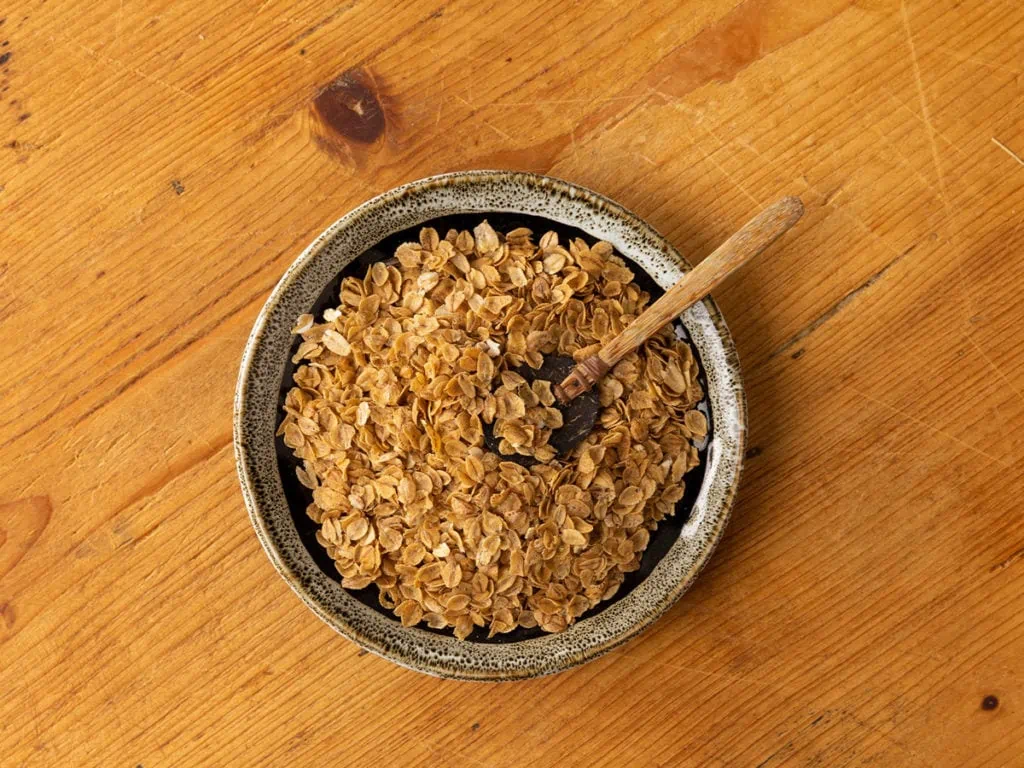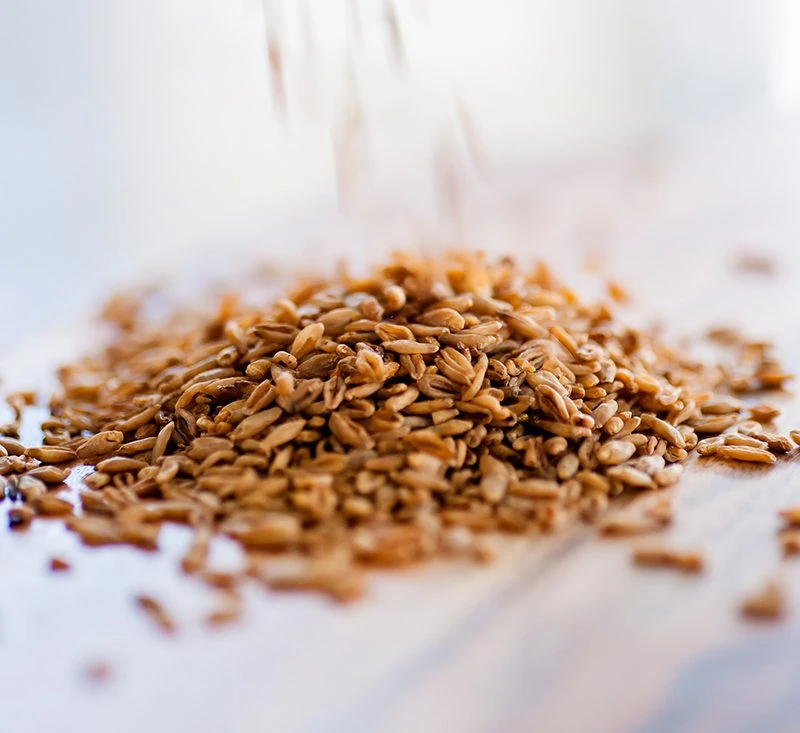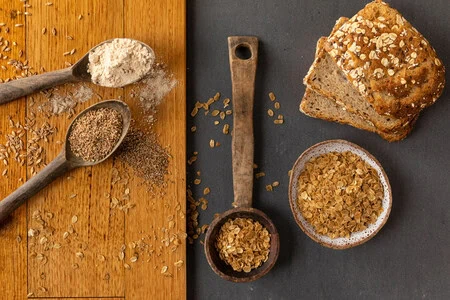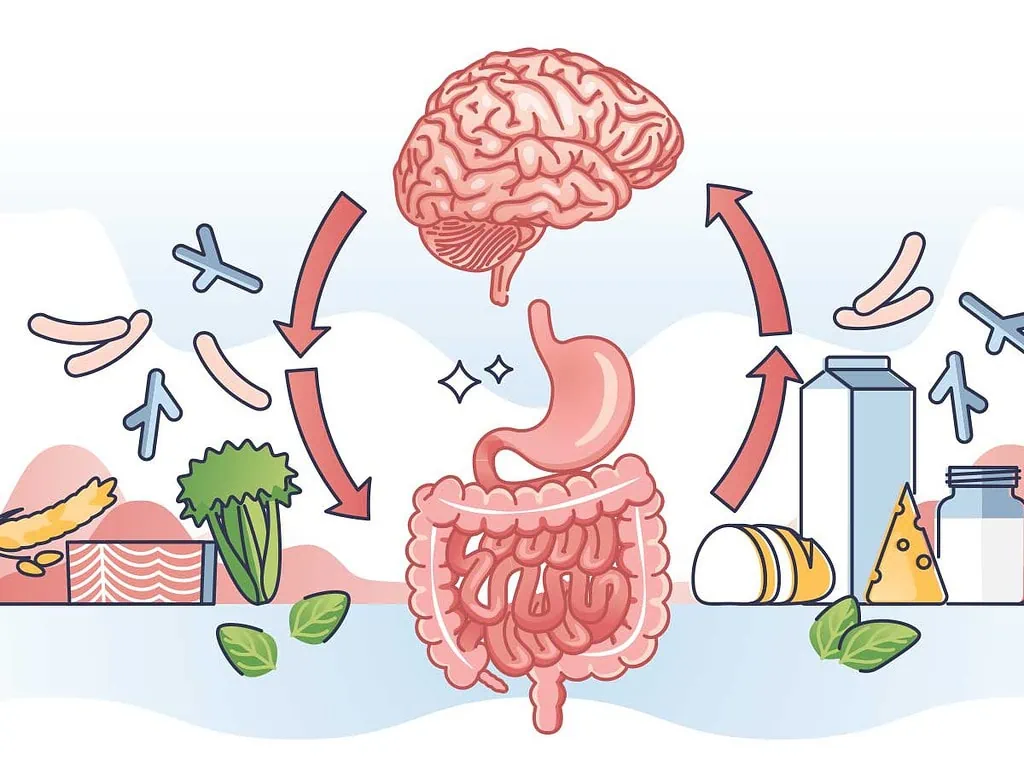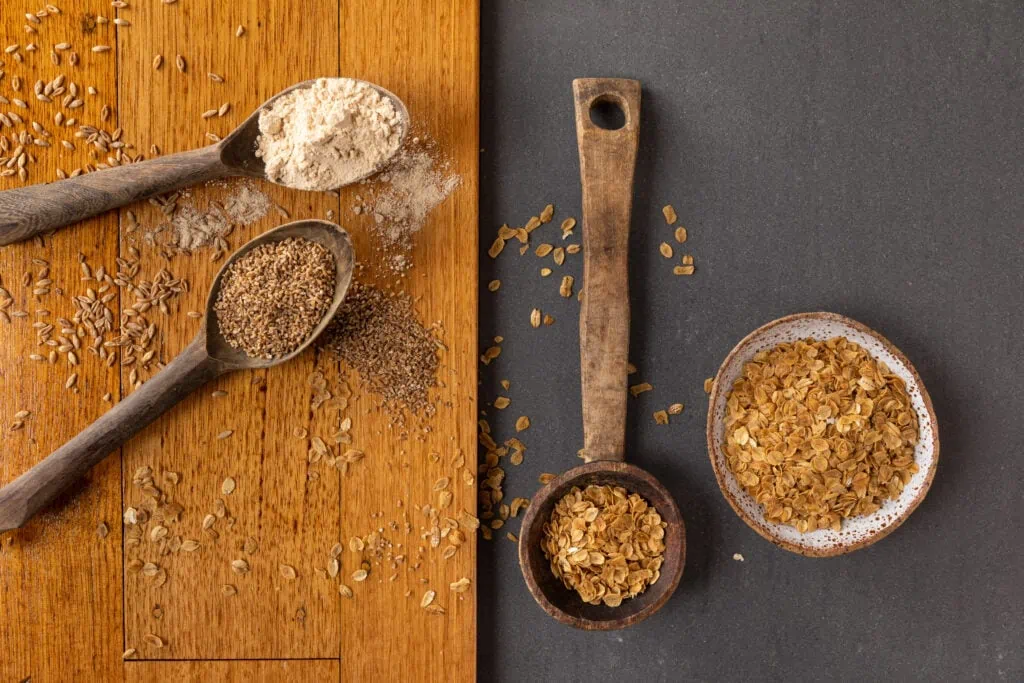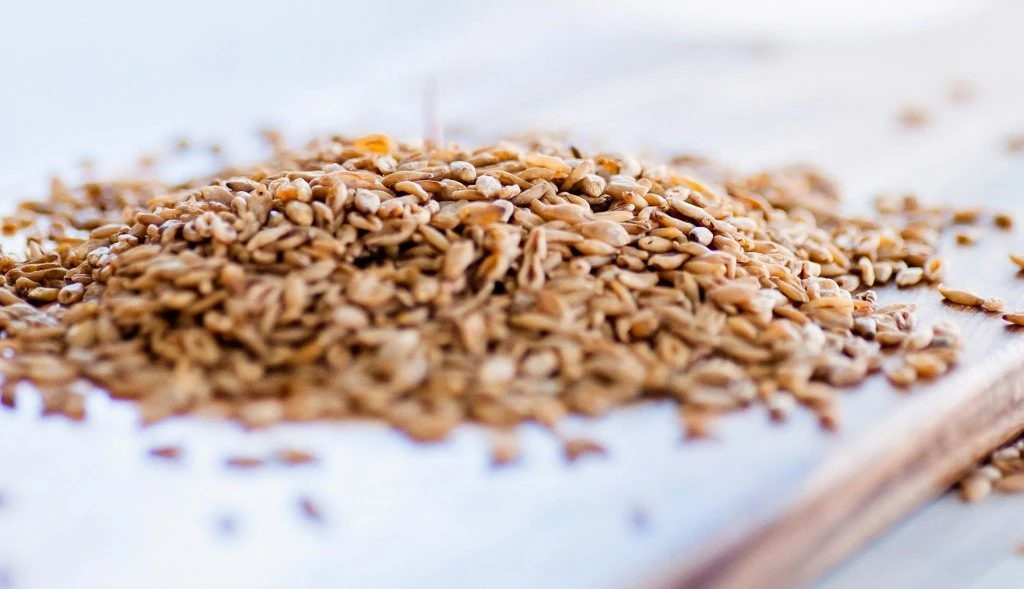
The most recent National Health Survey conducted in 2017-2018, determined that only 8% of Australians eat the recommended 375g of vegetables per day. Further, that most Australians eat up to 35% of their daily energy needs from non-core food items. This includes foods high in salt, added sugars and unhealthy fats. This way of eating is commonly referred to as the Western Diet. With that, in 2018 the cost of poor dietary intake and obesity was $11.8 billion.
One of the reasons for the low ‘healthy’ foods intake may be the association that purchasing healthier items is too expensive. There is some research that highlights this is not true. However, in the aftermath of the Covid-19 epidemic, inflation, the rising living costs and natural disasters have all affected cost and access to healthy foods.
There is a global trend of moving towards eating more plant foods, and this is representative of a Mediterranean eating pattern, as opposed to a Western eating pattern.
The Research
Two market baskets were developed providing sufficient nutrients for 7 – 14 days. A market basket is a supermarket basket with food that is selected for the participant. Market Basket assessments collect data on what most of the population eat, in order to understand population dietary patterns. However, in this study, the market basket is selected for the participant, as opposed to collecting what they ordinarily eat.
In this research, one of the baskets was modelled off the Australian Guide to Healthy Eating, whilst the other basket was based on the Mediterranean Dietary pattern. Meal plans were given with the basket to provide suggestions how to utilise the basket ingredients. A Western Diet meal plan was also created as a comparison to the other two meal plans (and baskets) for nutritional quality and total costs. But the Western Diet meal plan was not integrated into the household consumption assessments. The household characteristics aligned with the Australian consensus of what was typical for a household in Australia.
The meal plans based on the Australian Guide to Healthy Eating and the Mediterranean Diet consisted of the following:
- Achieved 100% of nutrition requirements based on the Recommended Daily Intake and Adequate Intake from the National Health and Medical Research Council (NHMRC) Nutrient Reference Values
- Met 100% of energy requirements
- Provided less than 10% of total energy from saturated fat
- Consisted of a healthy ratio between polyunsaturated and monounsaturated fats
- Contained an adequate intake of Omega-3 fatty acids
The Western Diet did not cover specific nutrient targets. It was created to align with the existing food intake of Australians.
The Mediterranean Meal Plan also included:
- The Mediterranean Diet Foundational Principles, of large amounts of:
- Extra Virgin Olive Oil
- Fruit
- Vegetables
- Legumes
- Nuts
- Seeds
- Wholegrains
- The Mediterranean Diet Foundational Principles, of moderate amounts of:
- Fish
- Poultry
- Dairy Foods
- The Mediterranean Diet Foundational Principles, of low amounts of:
- Red Meat
- Highly processed (ultra-processed) foods
The Results
Nutrition
The Western Diet meal plan was analysed and identified to be low in dietary fibre, potassium, calcium, thiamine, Vitamin E and magnesium; to list a few, whilst exceeding the recommended intake of sodium.
Financial Cost
The costs of the baskets were based on Coles pricing, at the time of the research project.
The basket based on the Australian Guide to Healthy Eating ranged from $75-$315, pending the number in the household. The basked based on the Mediterranean Diet was $78- $285. In comparison, the Western Diet meal plans cost between $80-$313, so the opinion that healthier eating is more costly is inaccurate.



